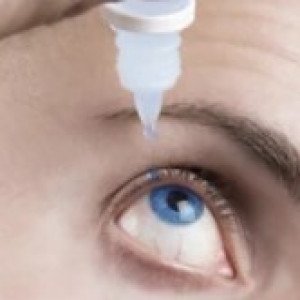 Welcome
Welcome
“May all be happy, may all be healed, may all be at peace and may no one ever suffer."
- A
- B
- C
- D
- E
- F
- G
- H
- I
- J
- K
- L
- M
- N
- O
- P
- Q
- R
- S
- T
- U
- V
- W
- X
- Y
- Z
Lomefloxacin (Ophthalmic) - Brands
Lomefloxacin, a difluorinated quinolone derivative, is a bacterial gyrase inhibitor, effective against gram positive and gram negative bacteria. The acute toxicity of Lomefloxacin following systemic and topical ophthalmic application is low. Lomefloxacin interferes with bacterial DNA related processes like initiation, elongation, and termination phases of replication, transcription, DNA repairing, recombination, transposition, supercoiling and relaxation of DNA. The target molecule for quinolones is the A-subunit of bacterial enzyme gyrase (topoisomerase II). The forming of a stable complex between the quinolone and the whole gyrase teramer A2B2 leads to impaired enzyme functions, resulting in a rapid killing of sensitive bacteria.
Cross-resistance has only been reported with other quinolones, but not with any other group of antibiotics. No clinical studies are available about the efficacy in cases of infections with chlamydia.
To be happy, beautiful, healthy, wealthy, hale and long-lived stay with DM3S.

